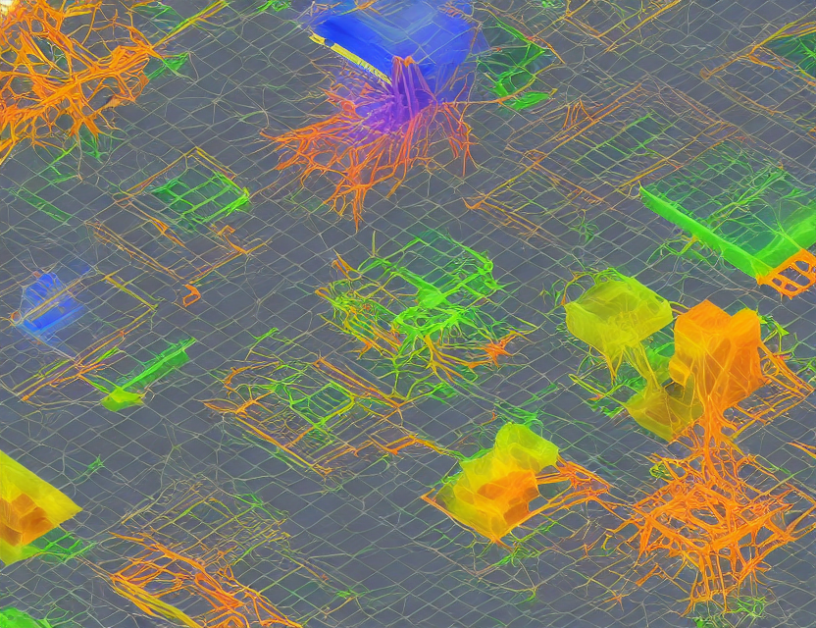Imagine you’re trying to build a 3D model of a city from 2D images taken from different angles. It’s like trying to solve a puzzle where each piece is a small part of the whole picture. In this article, we’ll explore how researchers are using special techniques called "2D-to-3D lifting" to solve this puzzle and create detailed 3D models from 2D images.
Methods for 2D-to-3D Lifting
There are several methods for doing 2D-to-3D lifting, each with its own strengths and weaknesses. Some of the most popular methods include:
- Semantic-NeRF: This method uses outputs from a 2D semantic segmentation network to train a 3D semantic field. It’s like having a map that shows you where all the different objects are located in the city, which makes it easier to build a detailed 3D model.
- vmap: This method uses a neural network to map 2D images to a 3D point cloud. It’s like taking a picture of a building and using it to create a 3D model of the entire city.
- PointCNN: This method uses convolutional neural networks (CNNs) to analyze points in 3D space and generate 3D models from 2D images. It’s like having a magic wand that can turn a 2D image into a detailed 3D model with just a few winks of the eye.
Applications of 2D-to-3D Lifting
2D-to-3D lifting has many exciting applications in fields such as robotics, autonomous driving, and computer vision. For example:
- Robotics: 3D models can be used to help robots navigate through unfamiliar environments, avoid obstacles, and perform tasks like picking up objects.
- Autonomous driving: 3D models can be used to create detailed maps of cities and roads, which can help self-driving cars navigate safely and efficiently.
- Computer vision: 3D models can be used to analyze and understand the relationships between different objects in an image or video sequence.
Advantages and Limitations
While 2D-to-3D lifting methods have many advantages, they also have some limitations. For example:
- Accuracy: 2D-to-3D lifting methods can sometimes produce less accurate results than other methods, especially in complex scenes with many objects.
- Time: Some methods can be computationally expensive and take a long time to produce results.
Conclusion
In conclusion, 2D-to-3D lifting is a powerful technique that allows researchers to create detailed 3D models from 2D images. While there are many different methods available, each with its own strengths and weaknesses, the field is constantly evolving as new techniques are developed. As 3D models become more commonplace in fields like robotics, autonomous driving, and computer vision, we can expect to see even more innovation in this area in the future. So next time you’re trying to build a 3D model of a city from 2D images, just remember that there are some clever techniques out there that can make it a whole lot easier!



